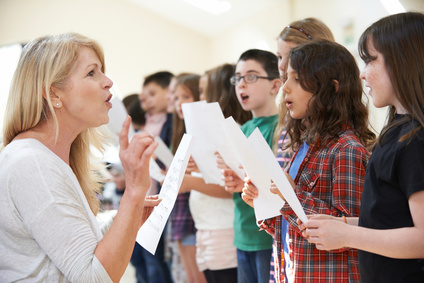If you've taken on the task of running a school choir, or teaching songs to any group of children, you might be wondering where to start.
Finding the right songs will play a big part in your success. This guide will help you know what to look for when choosing songs.
1. LYRICSIs the subject matter suitable for the age group?
- check for inappropriate language
- will the children understand and connect with the song?
Is the language too simple or too difficult?
- too simple and the children will be bored or even rebel!
- too difficult and they won't be engaged
Are the lyrics interesting and/or fun
- does the song tell a story?
- does it contain clever rhymes, alliteration or word play?
- is it a subject that children will relate to?
Are there learning opportunities - or is it just for fun?
- do the lyrics inform or entertain?
- are they appropriate for your purpose? (see item 5 below)
Is it suitable for girls, boys or both?
- depending on the age, certain language and subject matter may be unsuitable or at least 'uncool' for either boys or girls.


